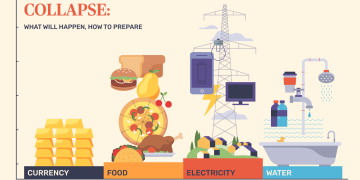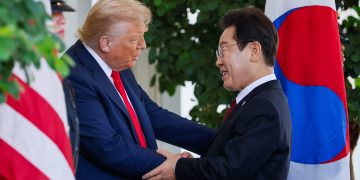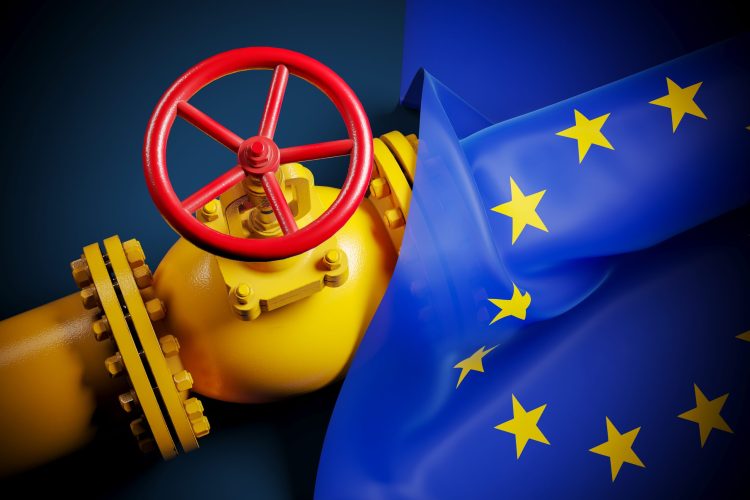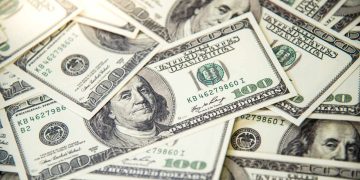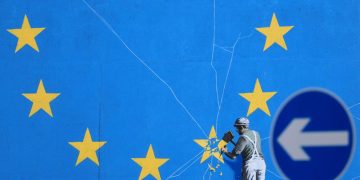Introduction: The Weight of Economic Leverage
In the wake of Donald Trump’s electoral victory last month, European officials and member states have been bracing themselves for a looming trade offensive. Already the largest supplier of liquefied natural gas (LNG) to Europe, the United States has solidified its position as a key player in the region’s energy landscape. The European Union (EU) had previously signaled its intention to procure more American energy to reduce dependency on Russian imports.
With only a month remaining until Trump resumes his presidency, an aggressive tariff strategy is set to unfold.
A Bold Declaration: Trump’s Threat
In a dramatic post on social media, President-elect Trump issued a stark ultimatum on Friday: if EU member states fail to increase their purchases of American oil and gas to offset the trade deficit, they will face tariffs. This marks a continuation of Trump’s previous warnings against imposing tariffs on all imports from allies, including those from the EU.
According to reports, Trump has suggested that, upon taking office, he will impose a 25% tariff on all products imported from countries including Canada and Mexico. Analysts predict that a 10% tariff on EU imports could result in an annual export reduction of approximately €150 billion for the EU.
There remains substantial uncertainty regarding Trump’s willingness and ability to implement these tariffs comprehensively, as well as whether his stringent rhetoric serves merely as a starting point for negotiations.
Rising Tide: America as an Energy Powerhouse
The United States currently holds the title of the world’s top producer of crude oil and LNG. Data from 2022 indicates that the trade deficit in goods and services between the US and EU reached an astounding $131.3 billion. In 2023, the US became the largest recipient of EU goods, accounting for 19.7% of the latter’s total exports.
In reaction to this scenario, the EU is preparing robust countermeasures against expected tariff threats.
Lessons from History: Preparing for Trade Attacks
During his previous presidency in 2017, Trump caught the EU off guard by imposing tariffs on steel and aluminum, citing national security concerns. This experience has prompted EU officials to prepare diligently for potential trade aggressions following Trump’s recent electoral success.
Reports indicate that LNG purchasers, including those from the EU and Vietnam, have already engaged in discussions regarding plans to increase fuel purchases from the US amidst Trump’s repeated tariff threats.
Notably, over half of the LNG sold by the US last year was shipped to Europe. Earlier this year, the EU publicly declared its commitment to procure more American energy, thereby reducing reliance on Russian sources.
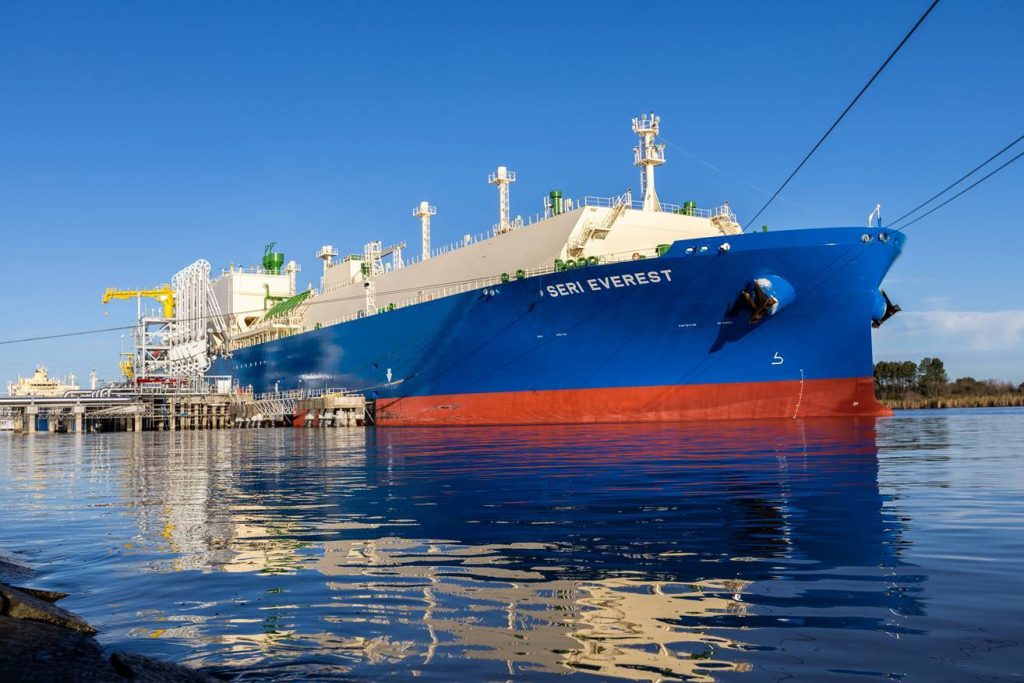
Cost Considerations: EU’s Response to Energy Trade
In November, Ursula von der Leyen, President of the European Commission, stated that substituting Russian LNG with American imports would prove less costly, and negotiations regarding this shift are expected to commence as Trump takes office in 2025.
Given this backdrop, some analysts argue that Trump’s intertwining of energy trade and tariff policy reflects a somewhat opportunistic stance.
Italy’s former Prime Minister, Enrico Letta, emphasized in a recent interview that the EU must prepare for retaliatory measures against Trump’s threats. He remarked, “I view this as a negotiation tactic; we must respond. Trump conflates energy, tariff policies, and manufacturing, which is fundamentally erroneous.”
Furthermore, German Foreign Minister Annalena Baerbock remarked following a G7 summit last month that Europe is well-prepared for potential shifts in US policy under the new administration. “Should the new US administration adopt an ‘America First’ stance in climate or trade, our response will be ‘European Unity.’”
A Pragmatic Approach: Finding Common Ground
Conversely, some perspectives suggest that increasing imports from the US may not be entirely undesirable. According to an EU senior diplomat, the threats posed by Trump have not come as a surprise; investing in American goods, particularly in energy, is viewed as a strategic move.
In a statement following the EU Heads of State year-end summit, António Costa, President of the European Council, reiterated the EU’s commitment to pragmatism in its ongoing cooperation with the US, aiming to strengthen transatlantic ties.
Conclusion: The Road Ahead for EU and US Relations
As Europe navigates the complexities of international trade, it finds itself at a crossroads, balancing the demands of American energy imports against potential tariffs. The unfolding dynamics herald a new chapter in transatlantic relations, shaped by both caution and opportunity. The EU stands resolute in its goal to maintain a unified front as it confronts these challenges.




